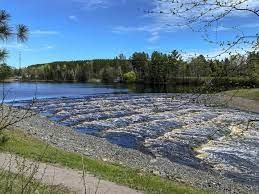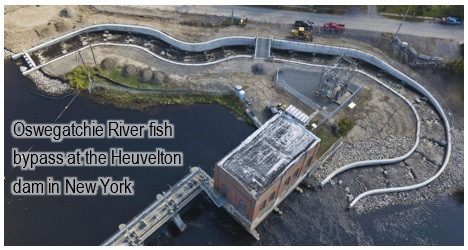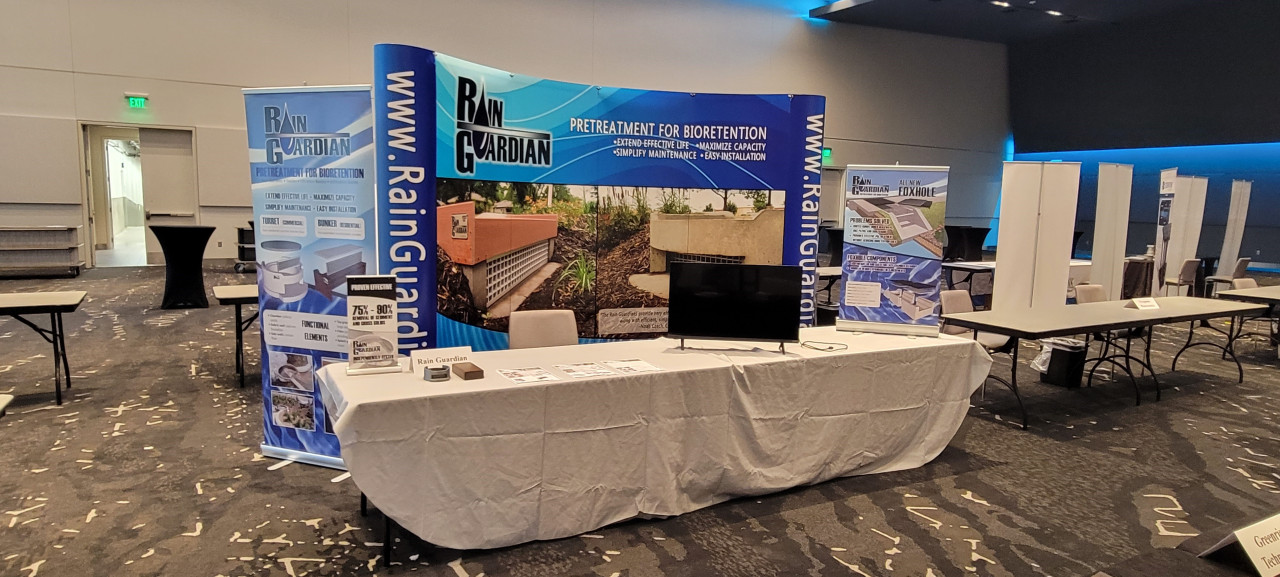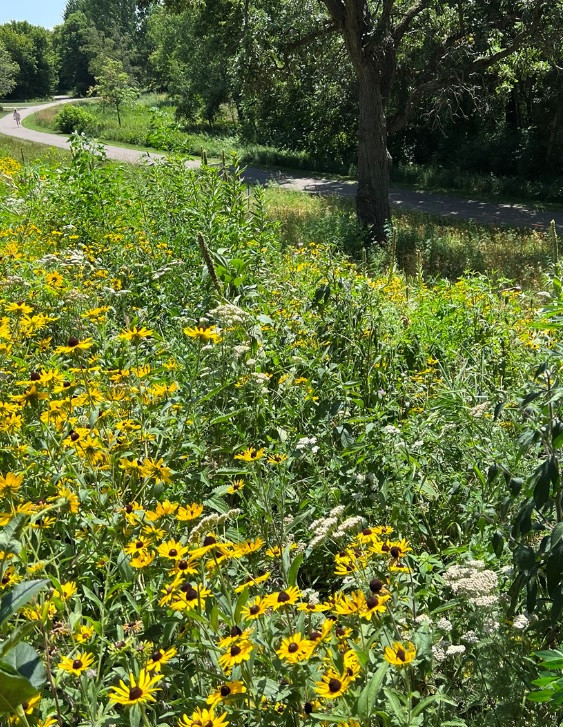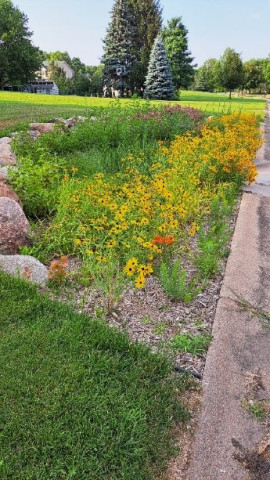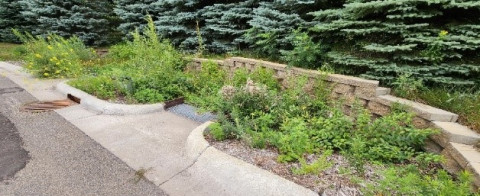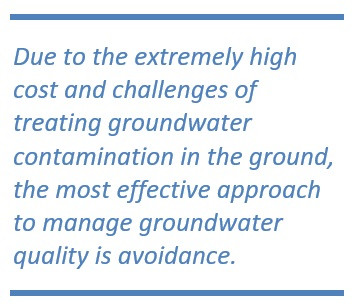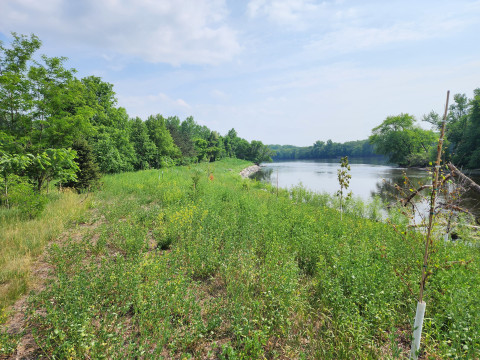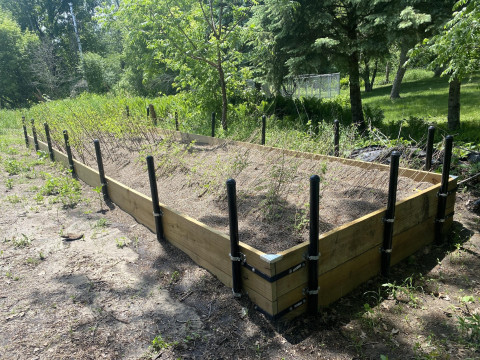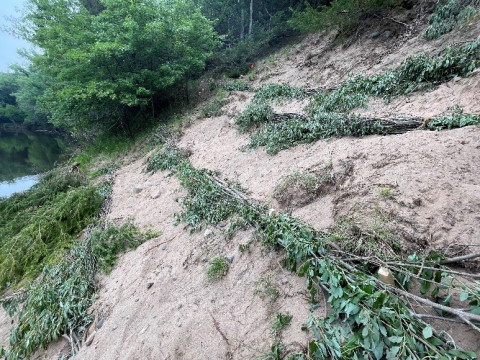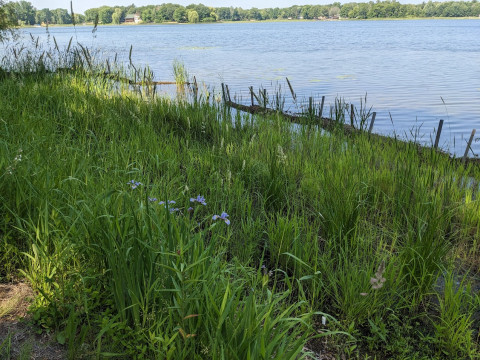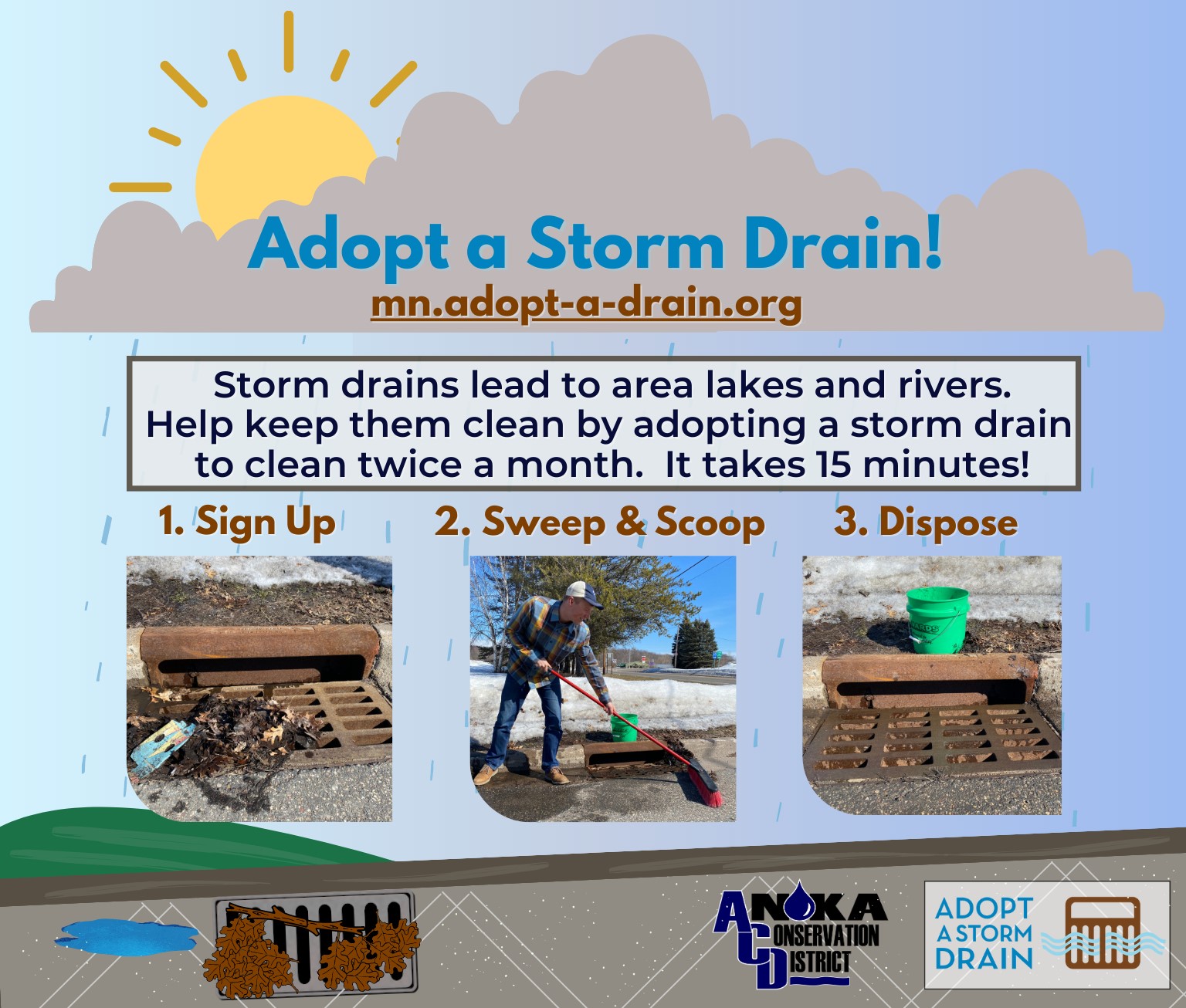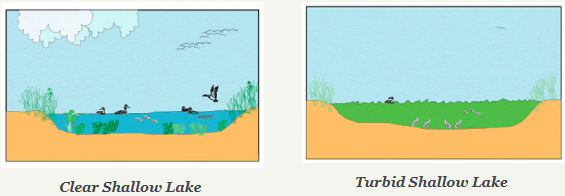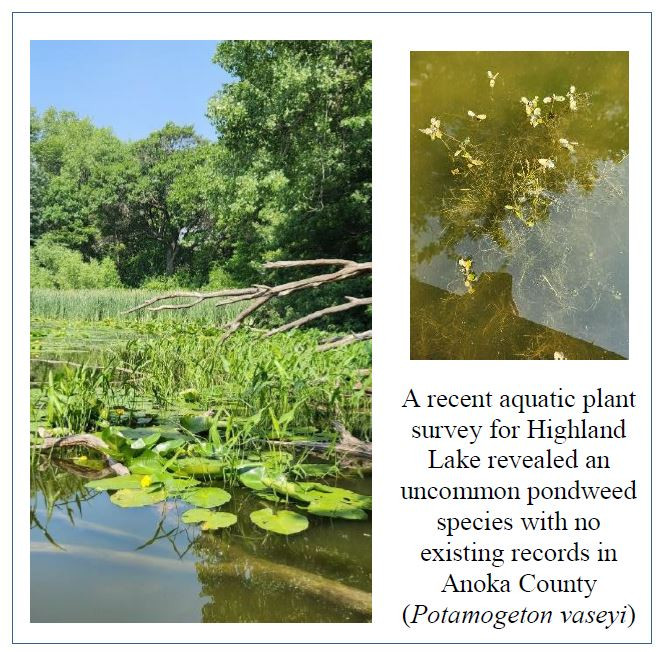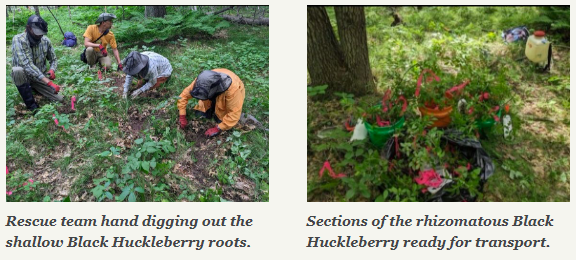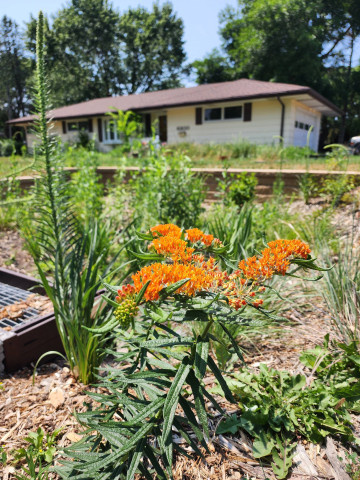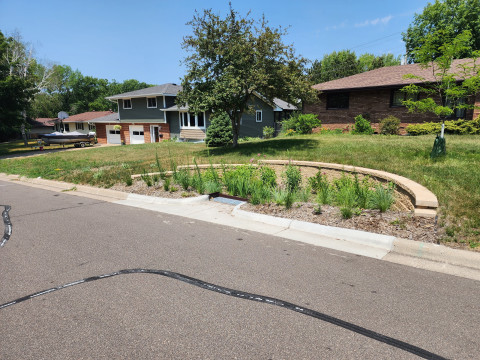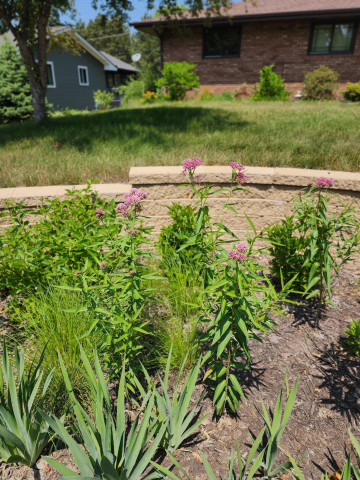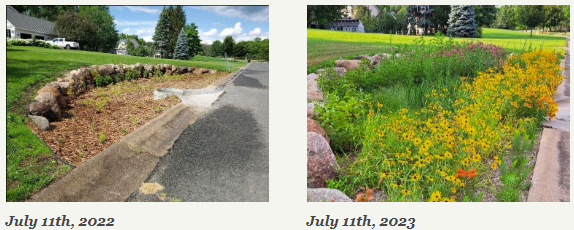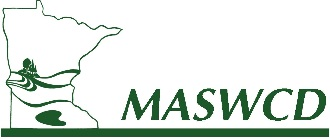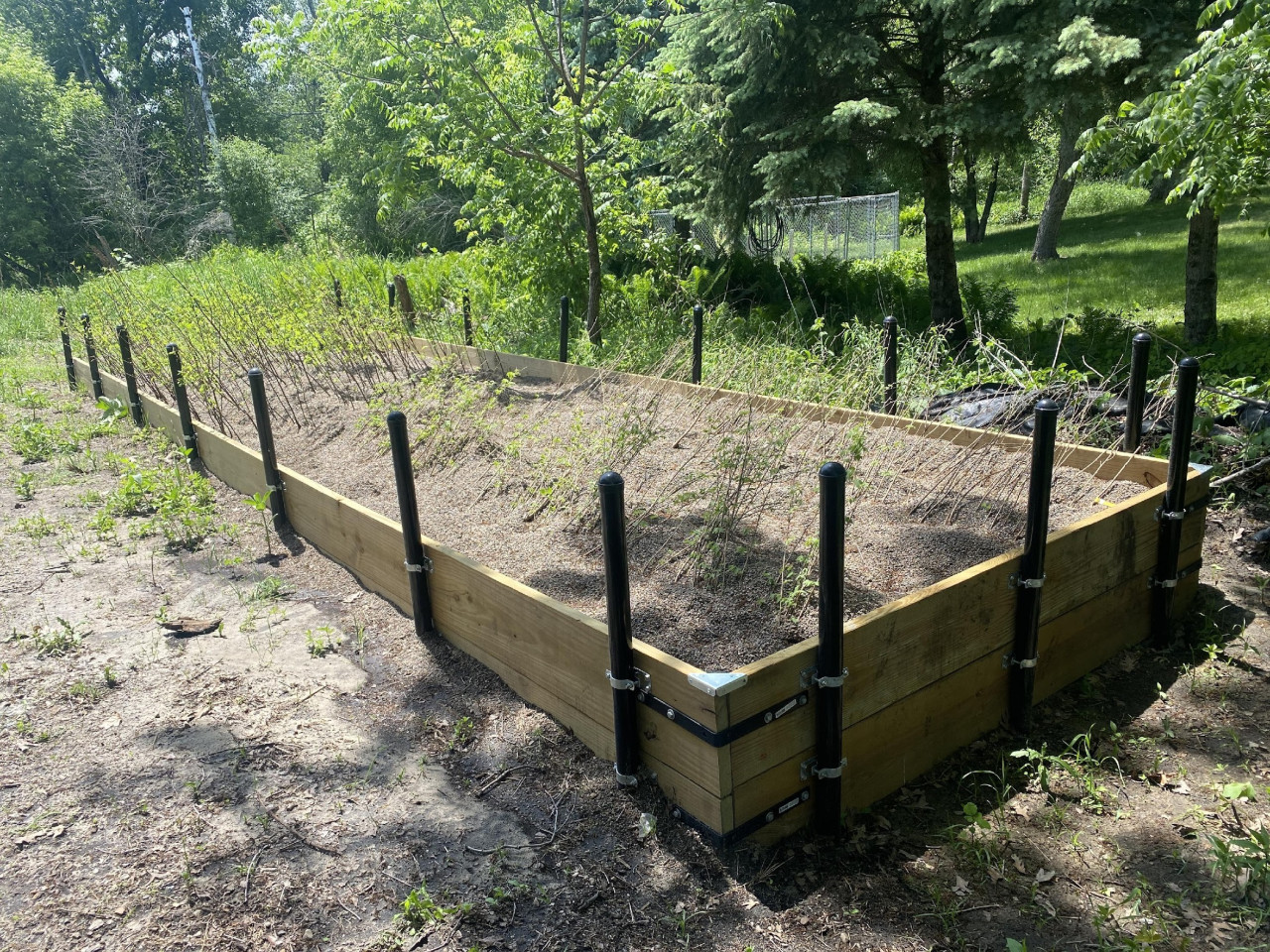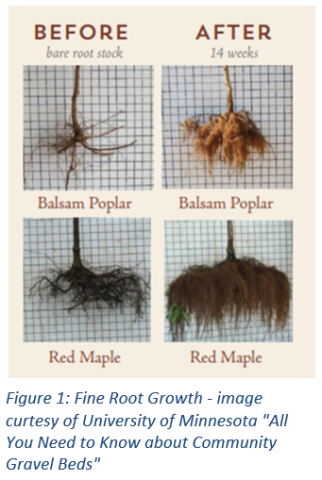The City of Anoka successfully secured funding from the Minnesota Legislature to complete a feasibility analysis and project design, which should be complete by the spring of 2024. City of Anoka civic leaders and staff have embarked on a path to reimagine how the Rum River Dam in Anoka can serve the community for the next 100 years. The vision includes the following.
- Safety and Operations: Replace manually installed flashboards with automated crest gates and install a maintenance platform.
- Water level management: Enable active water level management to minimize flooding and erosion, benefit particular species, and respond to mounting climate extremes.
- Energy: Install a hydroelectric power system to offset some of the power needs of downtown Anoka.
- Recreation: Maintain water levels to accommodate boat traffic with the addition of a lock to allow passage of small boats. Establish a cross river trail as a second purpose for the maintenance deck.
- Ecology: Create a fish bypass to connect the Rum River to the Mississippi River.
The option that is on the table is a constructed stream that flows around the side of the dam. Inspired by nature, it does its best to mimic natural streams providing irregular flows and small pools to rest along the way. The Oswegatchie River fish bypass at the Heuvelton dam in New York recorded 2,000 migratory fish of 14 species in 5 days in the first season it was opened. A group of experts has been assembled to provide crucial guidance over the coming months to ensure the designs for the fish bypass element of the project optimize success for targeted fish species.
For more information contact Chris Lord, District Manager,

